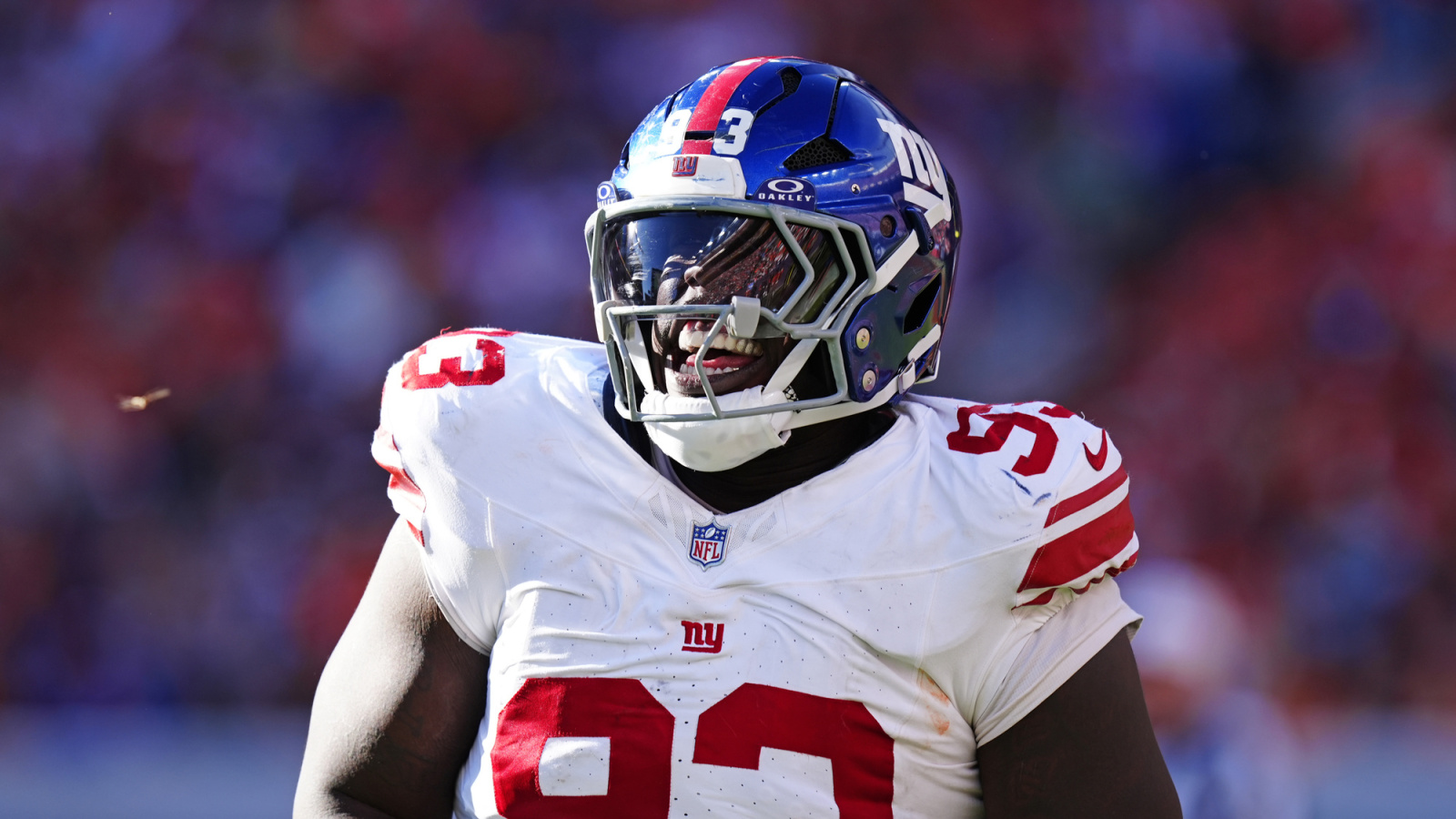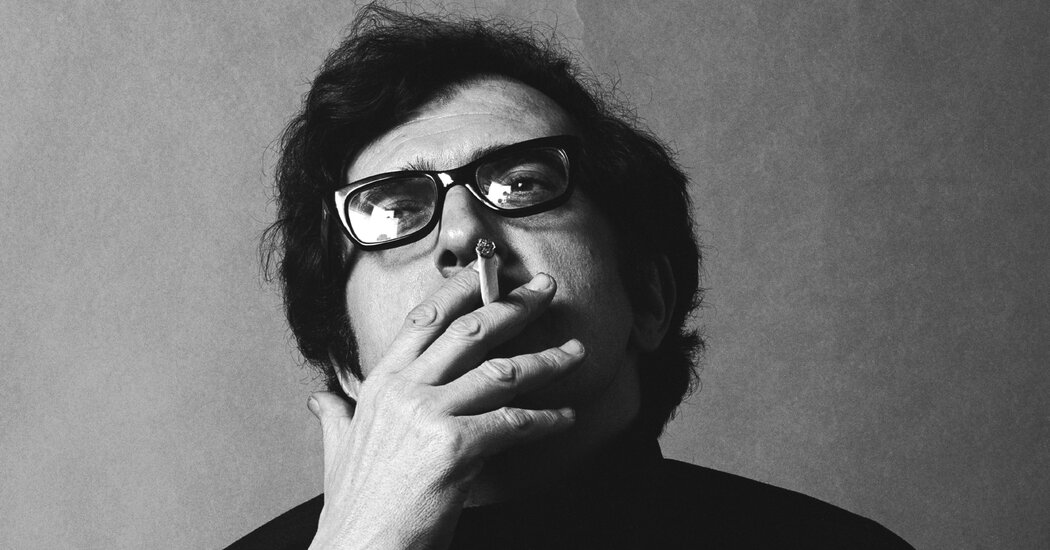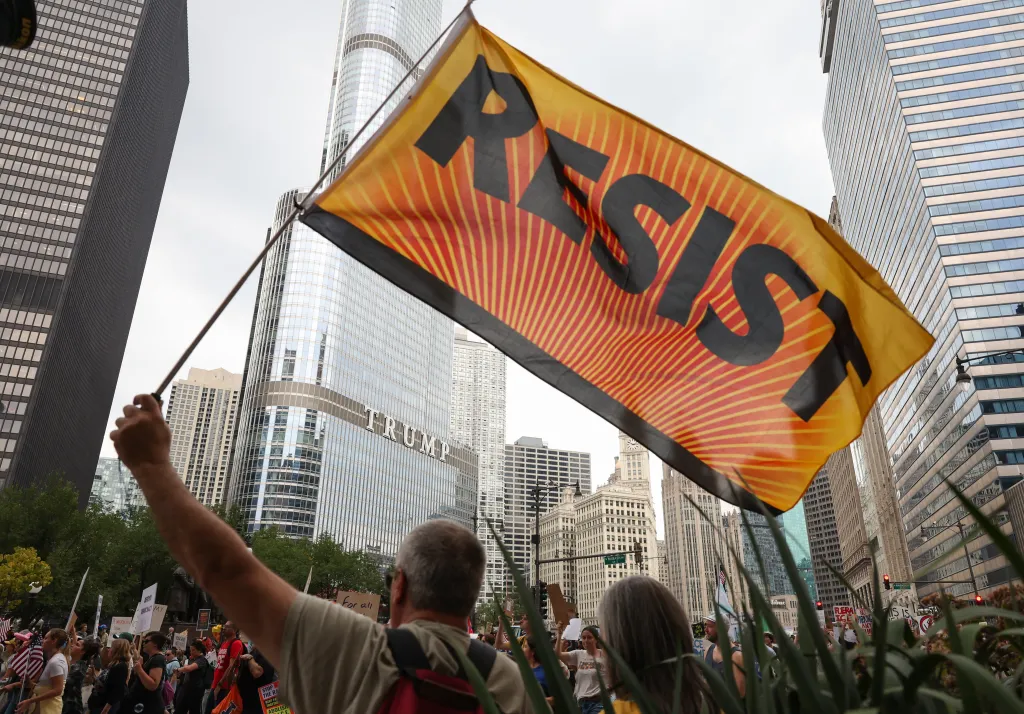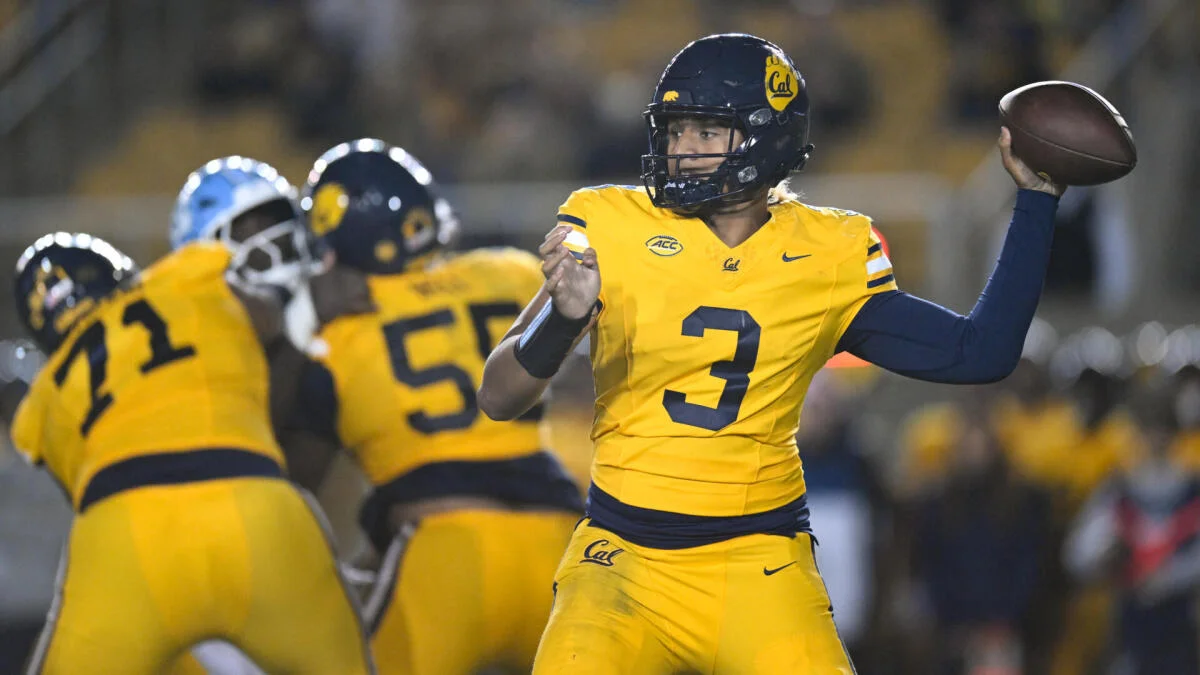Copyright Essence

I’ll be honest with you, up until a few weeks ago, I didn’t even know who Mary Phillips was. While I was familiar with the underpainting technique, I actually didn’t know who it was attributed to, and now I understand why. She was never targeting us. Which is apparent if you spend a few minutes just scrolling through her Instagram (as a makeup artist, her celebrity roster includes Hailey Bieber, Kylie and Kendall Jenner). So when she launched her own makeup brand, m.ph by Mary Phillips, with her signature underpainting palette as the hero product, I wasn’t exactly holding my breath for inclusivity. And sure enough they only came in three shades. Light, medium, and what they’re calling “deep,” which, spoiler alert, isn’t actually deep at all. And then there’s Hung Vanngo. Another makeup artist whose clientele includes the likes Selena Gomez, Jennifer Lopez, and Jennifer Lawrence, but yet his new makeup brand, Hung Vanngo Beauty, launched at Sephora on September 8th (with 54 products I might add) doesn’t even include a bronzer that matches to deeper skin tones. So was I shocked when they put out collections that weren’t inclusive in 2025? Absolutely not. But should you be? Yes, and here’s why. In 2023 alone, Black consumers spent $9.4 billion on beauty products, making up 14.4% of the U.S. market share. Failing to include deeper shades isn’t just unethical, it’s also just really really bad business. Look, I get it. There’s always going to be someone who says, “Well, they’re working on it” or “More shades are coming soon.” And maybe they are. But here’s the thing that keeps bothering me (and so many others, such as Golloria and Toni Bravo), why weren’t we there from the start? When Phillips was conceptualizing her hero product, this underpainting palette that’s supposed to revolutionize how we do makeup, why did the development process stop at three shades? Why was “deep” considered deep enough when it clearly isn’t? When you’re not part of the initial vision, you’re always going to be the add-on. And it’s exhausting, honestly. We’ve been having this same conversation since Rihanna changed the game with Fenty Beauty back in 2017. That was eight years ago. Eight years of watching brand after brand promise they learned their lesson, only to repeat the exact same mistakes. At what point does ignorance stop being an excuse? Or at what point do we characterize this as to what it really is: rage bait. What really gets me is the math doesn’t even math. You’re telling me that Black women, who are spending nearly $10 billion annually on beauty products, who are the trendsetters and culture drivers in this industry, who literally dictate what goes viral on social media and we’re still not worth including in your launch strategy? Make it make sense. What felt particularly insulting about Mary Phillips’ (and even Hung Vanngo’s) launch was that instead of take accountability, there responses was just “more shades coming” when people sparked outrage online. It’s 2025. We’re past the point where that should be acceptable. You know what that tells me? It tells me that somewhere in the development process, someone looked at the three shades and said, “Yeah, this is good enough to launch.” They made a calculated decision that it was better to launch incomplete than to delay and launch right. And maybe that’s the real issue here. These brands and makeup artists turned founders aren’t treating inclusivity like it’s essential to the product, but instead as though its a nice-to-have feature. Something you can add later if there’s enough demand for it. But our skin tones aren’t optional features. We’re not expansion packs or afterthoughts you can tack on later. We’re consumers with money to spend and increasingly, we’re getting real tired of begging to be included in spaces that profit off our culture, our trends, and our dollars. Here’s what makes this whole situation even more frustrating. It’s not like the blueprint doesn’t exist. Rihanna led the way when Fenty did it. Pat McGrath did it. AND we have many many even smaller brands (with limited budgets) like Mented Cosmetics and Danessa Myricks Beauty who can literally show you the way on how they did it too. There are literally case studies upon case studies showing that inclusive brands don’t just survive, they thrive. They build loyal customer bases. They generate positive word of mouth. They don’t have to deal with the PR nightmare of explaining why they forgot about an entire segment of their potential customers. So why do we keep seeing these launches that act like it’s still 2012? Why are makeup artists with decades of experience in the industry, who’ve worked with every face shape and skin tone imaginable on set, suddenly developing amnesia when it comes to their own product lines? I think part of it comes down to who’s in the room when these decisions are being made. If your development team, your marketing team, your focus groups are all pulling from the same homogeneous pool, you’re going to end up with blind spots. Big ones. The kind that result in calling a medium-tan shade “deep” and thinking you’ve covered your bases. The solution isn’t complicated. Hire people who actually serve and understand deeper skin tones. Test shades on real faces, not token models. Build shade ranges with intention, not as damage control. And maybe most importantly, stop treating Black women like we should be grateful for scraps. We’re not asking for special treatment. We’re asking for basic inclusion in an industry that wouldn’t have half its current trends without us. The BBL effect? Black women. Overlining lips? Black women. Contouring? Black women been doing that. Glass skin? K-beauty, sure, but the global obsession with it? Amplified by Black women on social media. At the end of the day, this isn’t actually a complicated issue. It’s a choice. These brands and founders are choosing who matters enough to be included from day one. And repeatedly, they’re choosing to make us an afterthought. That’s not an oversight. That’s a statement about who they value. Black women deserve better. We’ve been deserving better. And we’re done accepting apologies when we should have been prioritized from the start.



